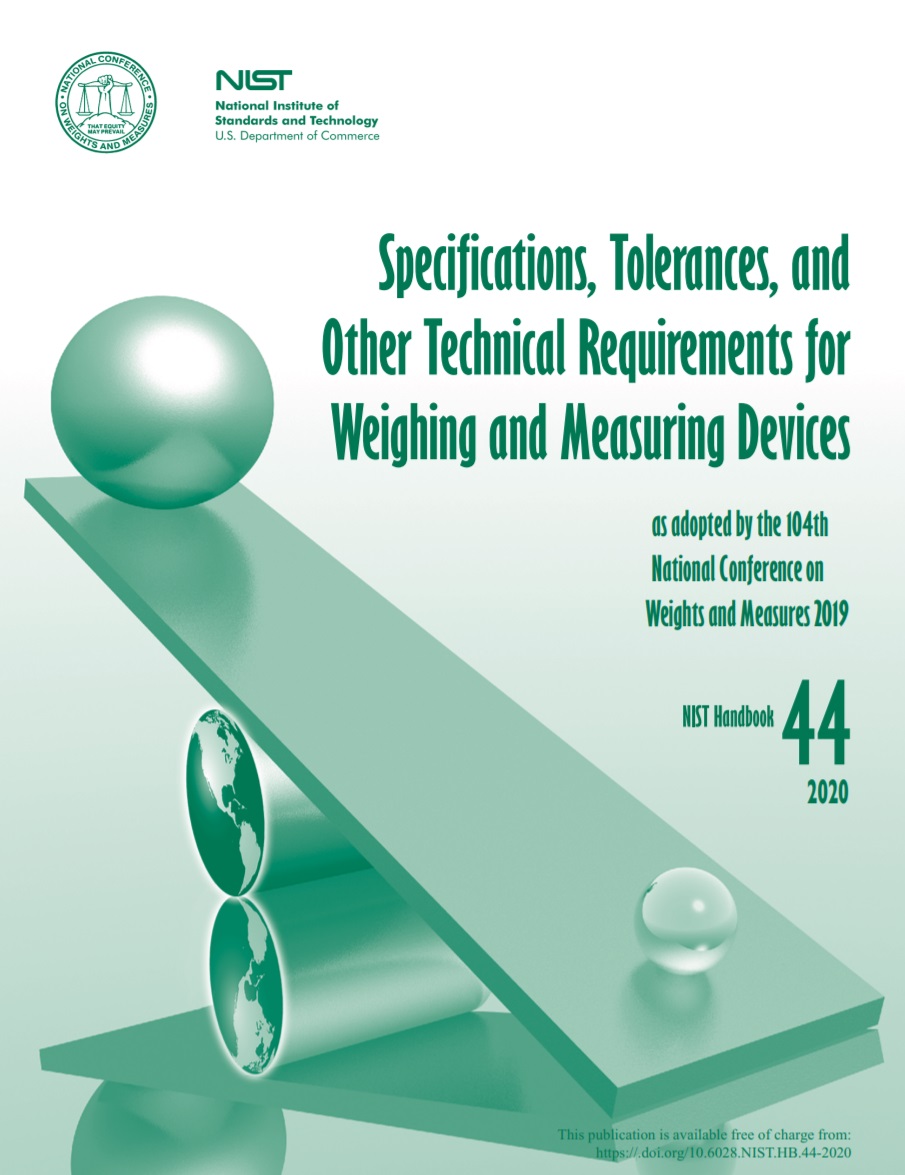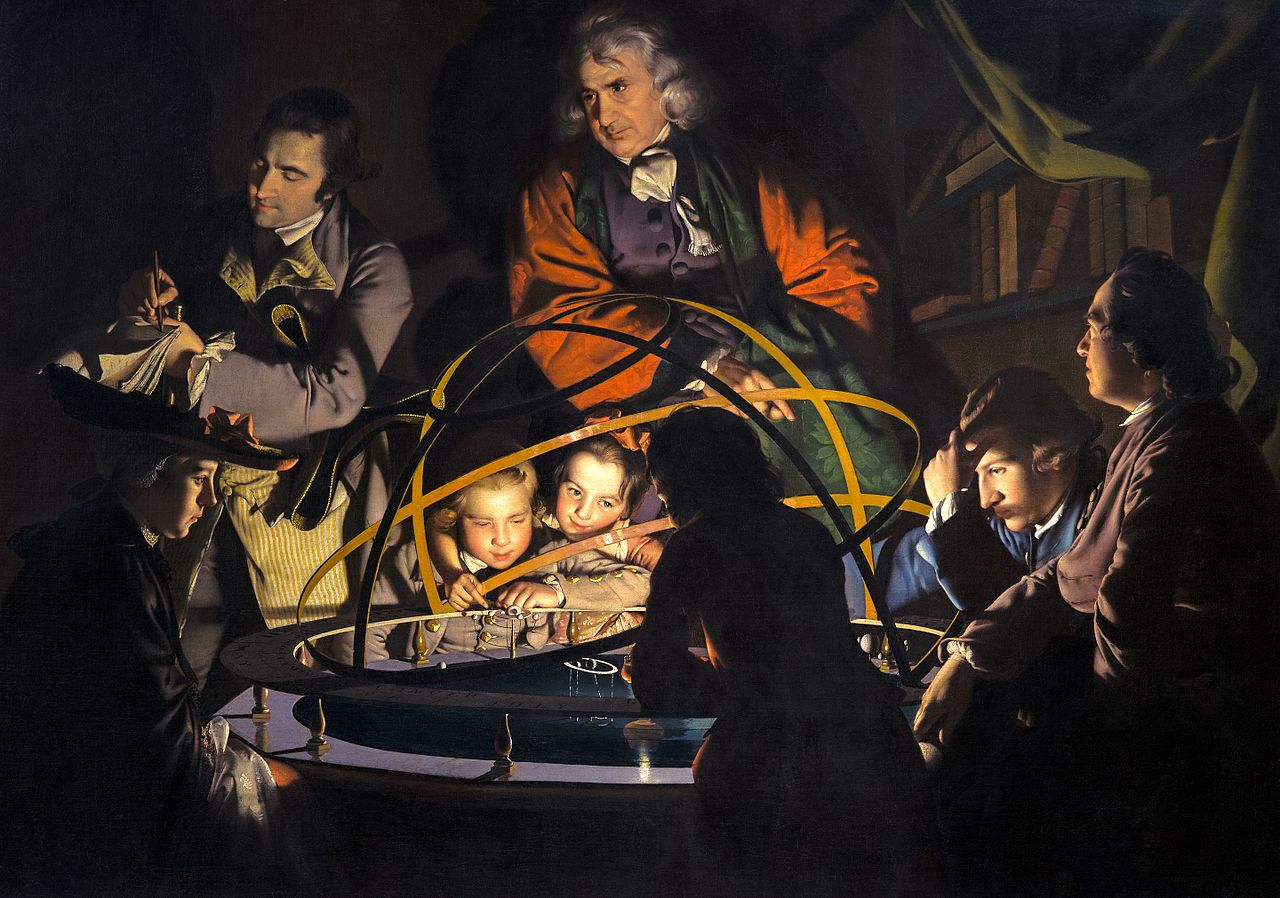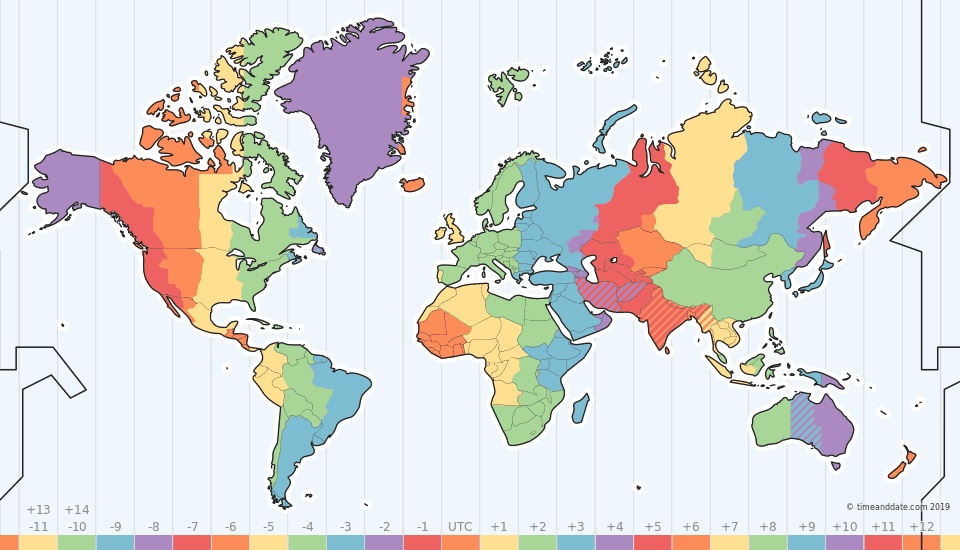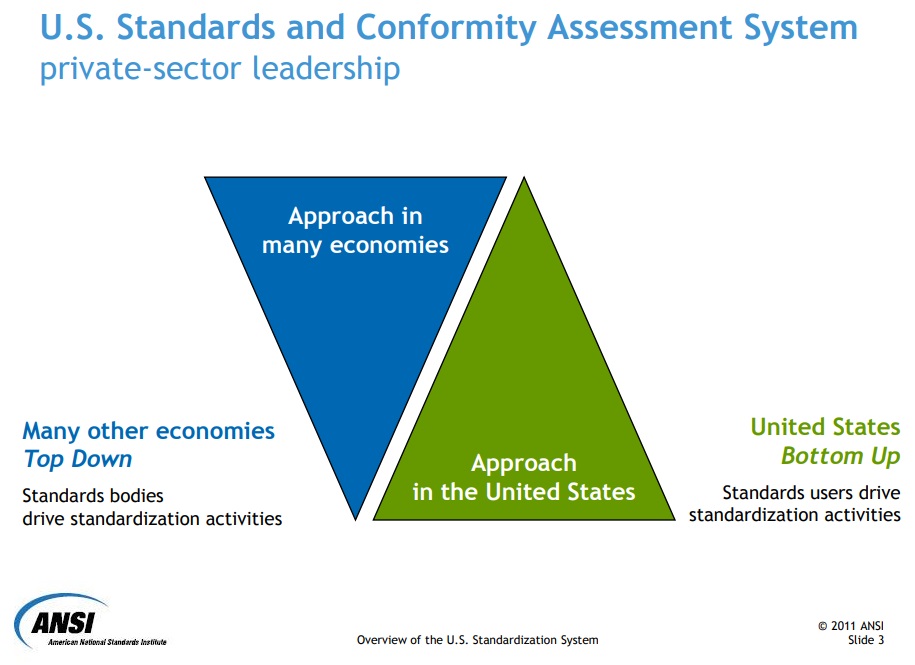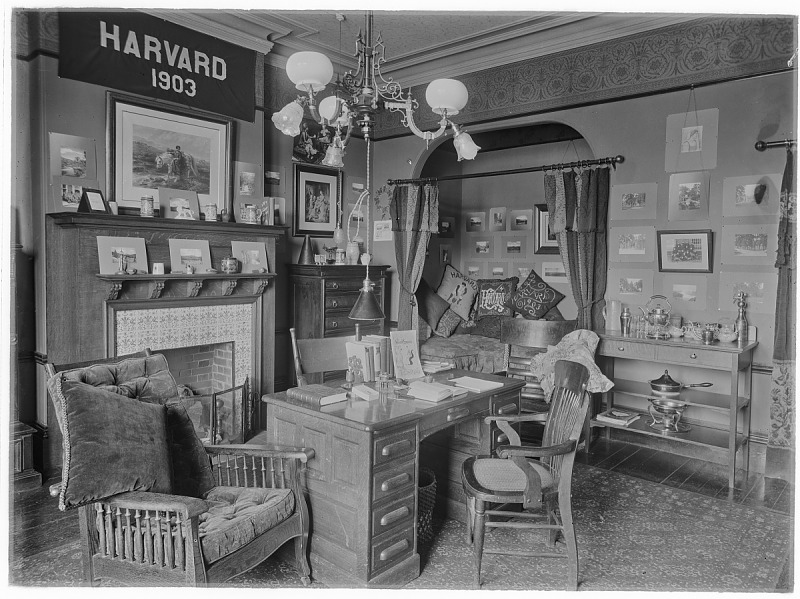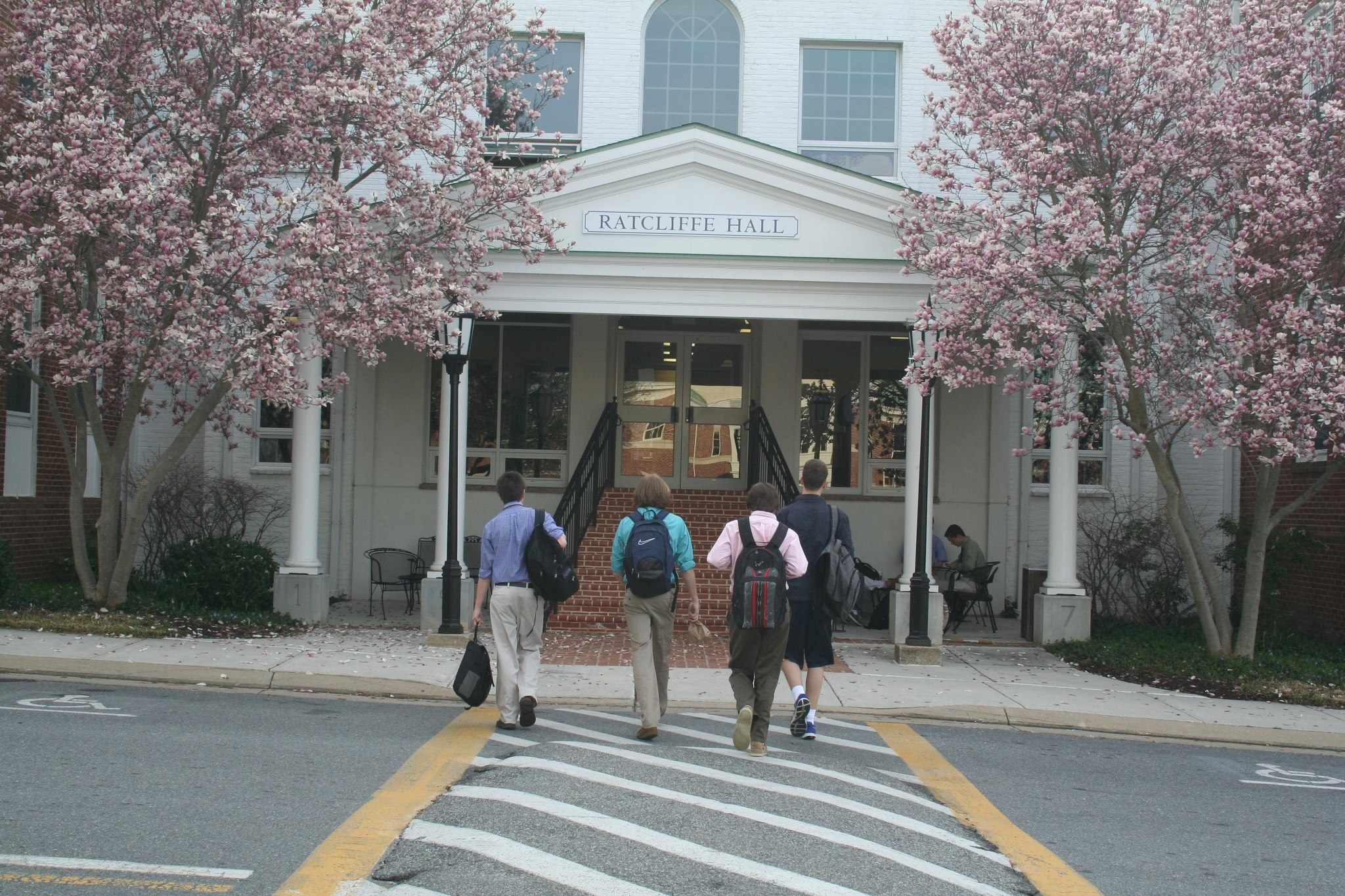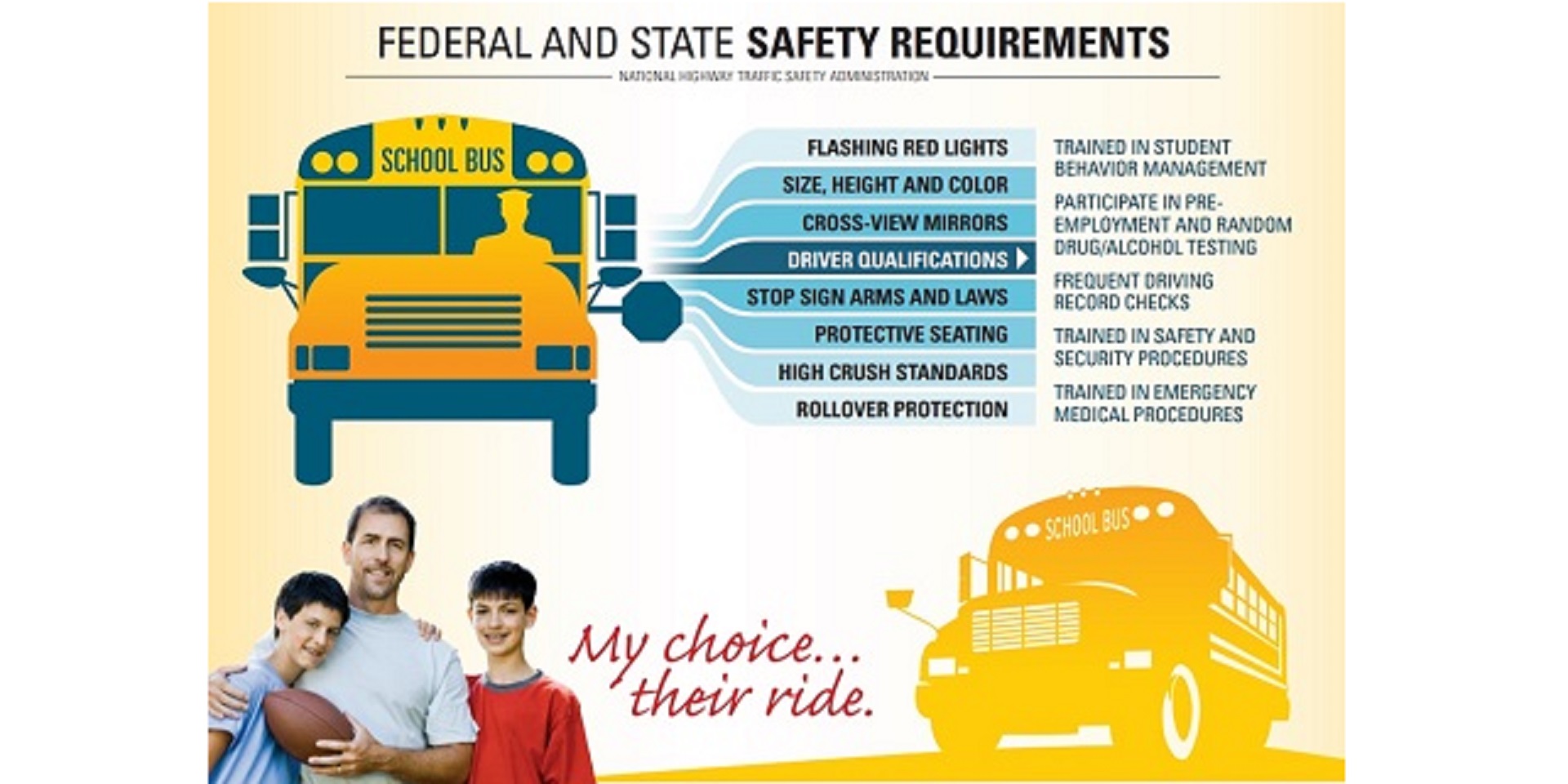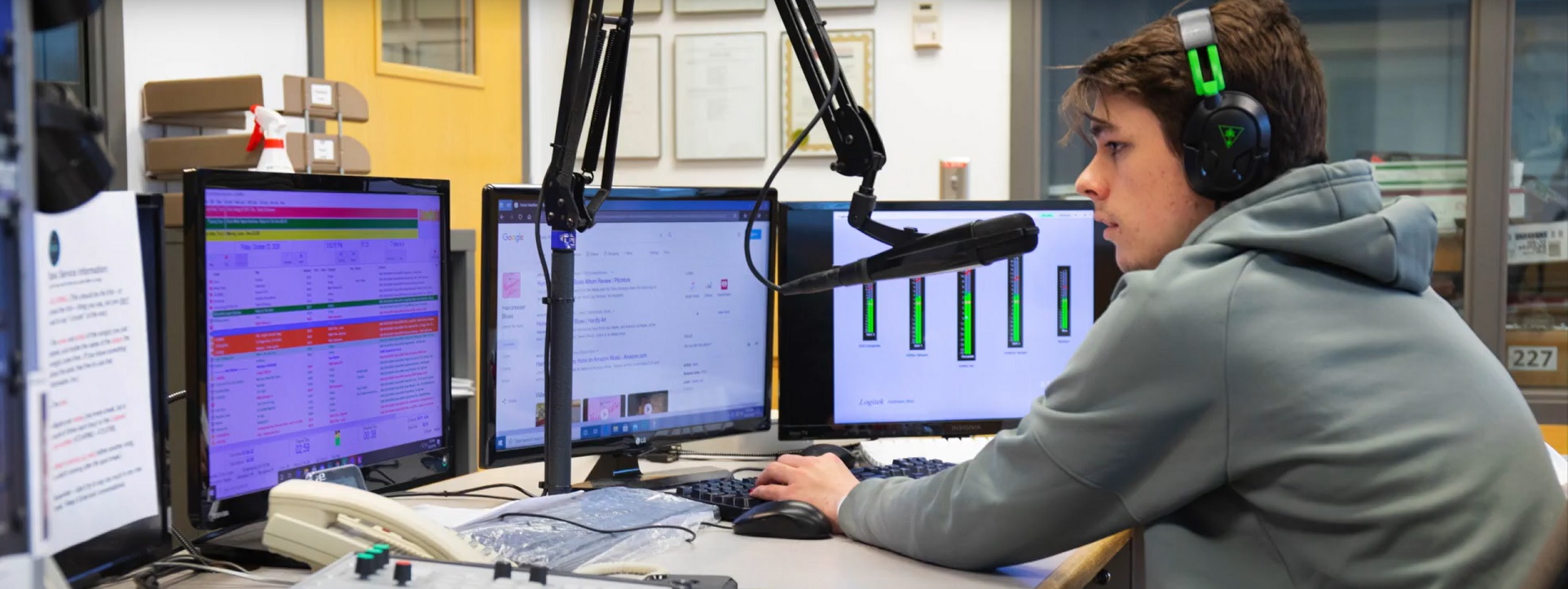How Do You Measure the Percentage of Alcohol in Beer, Wine and Other Beverages?
Author Archives: mike@standardsmichigan.com
- Home
- Articles posted by mike@standardsmichigan.com (Page 37)

Date & Time: Representations For Information Interchange
Most nations follow the day/month/year format (07/01/19 for January 7, 2019, for example), but the United States adheres to its own format of month/day/year (1/7/19 or 1/7/2019). The potential for misinterpreting dates across national boundaries is the logic for ISO 8601:2019 – Data Elements And Interchange Formats – Information Interchange – Representation Of Dates And Times, the ISO format for dates represents year, month, and day from the largest unit to the smallest, most specific unit of time. The ISO date format is the date format used in SQL and is the default date setting on many computers.
ISO 8601-1:2019 Date And Time – Representations For Information Interchange – Part 1: Basic Rules
More
How the ISO Date Format Tells Today
Date and time formats used in HTML
United States Standards System
Essential Requirements
Your 2025 Guide to ANSI’s Community Resources
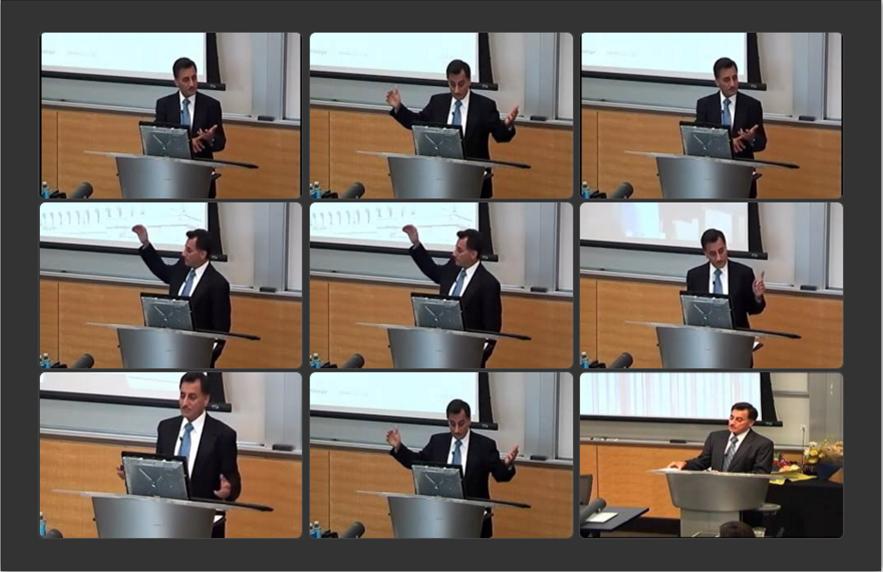
S. Joe Bhatia at the University of Michigan Ross School of Business | ANSI Company Member Forum, May 2016
Only Two Weeks to Go! Join ANSI at the 2024 U.S.- Korea Standards Forum in Washington, D.C. #quantum #greenenergy #artificialintelligence https://t.co/h3zhyxbh5S pic.twitter.com/rVxuUFOQJR
— ANSI (@ansidotorg) June 18, 2024
#ANSINews: ANSI Releases March 2024 Edition of Government Relations and Public Policy Update:https://t.co/a0TbgRP7sO pic.twitter.com/7EndBOJmfx
— ANSI (@ansidotorg) April 1, 2024
Calling all students! How do standards support safe and effective implementation of AI? Share your thoughts in ANSI’s Student Paper Competition: https://t.co/lP8tIIkKwv#ANSIpapercompetition #standards #AI #artificialintelligence #engineering #computerscience #scholarship pic.twitter.com/VL57XYVEUY
— ANSI (@ansidotorg) April 1, 2024
With many non-profit organizations also challenged by the pandemic we are likely to see fewer experts at technology, finance and management gatherings where leading practice is discovered and promulgated. That does not mean that many gatherings will not be offloaded onto the internet but, with fewer paid experts involved, one wonders whether there will be fewer unpaid experts — or will there be more unpaid experts? We shall see.
Since the United States federal government can print money it is likely that more decision-making will be drawn back to Washington D.C. — where the money is. The likelihood that we shall see greater federal control over education facility industry originating at the federal level inspires a revisit of the United States standards system. The National Institute of Standards and Technology is the oversight agency and the American National Standards Institute is the private non-profit organization that oversees the development of voluntary consensus standards for products, services, processes, systems, and personnel in the United States.
To understand ideal balance in the US standards system See § 2.3 ANSI Essential Requirements: Due process requirements for American National Standards
FROM OUR ARCHIVE:
Storm Shelters
2024 GROUP A PROPOSED CHANGES TO THE I-CODES
When is it ever NOT storm season somewhere in the United States; with several hundred schools, colleges and universities in the path of them? Hurricanes also spawn tornadoes. This title sets the standard of care for safety, resilience and recovery when education community structures are used for shelter and recovery. The most recently published edition of the joint work results of the International Code Council and the ASCE Structural Engineering Institute SEI-7 is linked below:
2020 ICC/NSSA 500 Standard for the Design and Construction of Storm Shelters.
Given the historic tornados in the American Midwest this weekend, its relevance is plain. From the project prospectus:
The objective of this Standard is to provide technical design and performance criteria that will facilitate and promote the design, construction, and installation of safe, reliable, and economical storm shelters to protect the public. It is intended that this Standard be used by design professionals; storm shelter designers, manufacturers, and constructors; building officials; and emergency management personnel and government officials to ensure that storm shelters provide a consistently high level of protection to the sheltered public.
This project runs roughly in tandem with the ASCE Structural Engineering Institute SEI-17 which has recently updated its content management system and presented challenges to anyone who attempts to find the content where it used to be before the website overhaul. In the intervening time, we direct stakeholders to the link to actual text (above) and remind education facility managers and their architectural/engineering consultants that the ICC Code Development process is open to everyone.
The ICC receives public response to proposed changes to titles in its catalog at the link below:
2024/2025/2026 ICC CODE DEVELOPMENT SCHEDULE
You are encouraged to communicate with Kimberly Paarlberg (kpaarlberg@iccsafe.org) for detailed, up to the moment information. When the content is curated by ICC staff it is made available at the link below:
We maintain this title on the agenda of our periodic Disaster colloquia which approach this title from the point of view of education community facility managers who collaborate with structual engineers, architects and emergency management functionaries.. See our CALENDAR for the next online meeting, open to everyone. ![]()
Readings:
FEMA: Highlights of ICC 500-2020
ICC 500-2020 Standard and Commentary: ICC/NSSA Design and Construction of Storm Shelters
Students presenting posters on how to be prepared for natural disasters and emergencies #onedistrictoneteam #D59learns @CCSD59 @D59Byrd pic.twitter.com/NOsa3ekkTD
— Mrs. Darga (@MrsDarga) September 19, 2023
Student Accommodation
ENR (December 7, 2023) University of Michigan Signs P3 for $631M Student Housing Project
Today we break down public consultation notices for literature that sets the standard of care for the safety and sustainability of student housing in K-12 prep schools, colleges and universities. We deal with off-campus housing in a separate session because it involves local safety and sustainability regulations; most of which are derived from residential housing codes and standards.
The topic cuts across many disciplines and standards setting organization bibliographies. We usually set our bearing with the following titles:
2021 International Building Code: Section 310 Residential Group R-2 + related titles such as the IFC, IMC, IPC, IECC
2021 Fire Code: Chapter 6 Classification of Occupancy + related titles such as NFPA 70B, NFPA 72 and NFPA 110
2023 National Electrical Code: Articles 210-230 + related Articles 110 and 410
ASHRAE 90.1 Energy Standard for Buildings Except Low-Rise Residential Buildings: Annex G
Like any other classification of real property the average cost for room and board for a public university student dormitory depends on several factors such as the location of the university, the type of dormitory, and the meal plan options. According to the College Board, the average cost of room and board for the 2021-2022 academic year at a public four-year in-state institution was $11,620. However, this figure can range from around $7,000 to $16,000 or more depending on the specific institution and its location. It’s important to note that this average cost only includes the basic meal plan and standard dormitory room. Students may also have additional costs for a larger or more luxurious dorm room, a premium meal plan, or other expenses such as laundry or parking fees.
According to ring Rider Levett Bucknall, a global property and construction consultancy firm, the average construction cost for a student housing facility in the United States in 2021 was around $202 per square foot. However, this figure can range from around $150 to $300 per square foot or more depending on the specific project. Life cycle cost for new facilities with tricked out net-zero gadgets is hard to come by at the moment.
Because money flows freely through this domain we examine scalable densities and the nature of money flow patterns; partially tracked by the Electronic Municipal Market Access always on the standing agenda of our Finance colloquium.
More
National Institute of Standards & Technology: The Character of Residential Cooktop Fires
Deserted College Dorms Sow Trouble for $14 Billion in Muni Bonds
Here are a few pros and cons of private sector construction of university-owned student housing:
Pros:
- Increased housing availability: Private sector developers may be able to build more student housing units than a university could build on its own, which can help to alleviate the shortage of on-campus housing for students.
- Faster construction: Private developers may be able to complete construction projects faster than universities, which can help to reduce the amount of time that students must wait for new housing options.
- Reduced financial burden on the university: The cost of building and maintaining student housing can be significant, and private sector developers may be willing to bear some of these costs. This can help to reduce the financial burden on the university and free up resources for other initiatives.
- Professional management: Private developers may have more experience managing large housing projects and may be able to provide more professional management services than a university could provide on its own.
Cons:
- Higher costs for students: Private developers may charge higher rents than a university would charge for student housing, which can make housing less affordable for some students.
- Reduced university control: Private developers may have different priorities than a university would have when it comes to building and managing student housing. This can lead to a reduced level of control for the university over housing quality, management, and policies.
- Potential conflicts of interest: Private developers may be more focused on making a profit than on meeting the needs of students or the university, which can create potential conflicts of interest.
- Less transparency: Private developers may not be subject to the same level of transparency and accountability as a university would be when it comes to housing policies, decision-making processes, and financial management.
It’s important to note that these pros and cons may vary depending on the specific circumstances and context of each individual university and private sector partnership.
Spring Salad
Do you want a fresh and healthy meal, but don’t have time to sit down? Look no further than North and South Dining Hall Grab and Gos!
Don’t forget to try one of the salads, they are our favorite! 🥗 pic.twitter.com/d833XeTnRq
— Campus Dining (@NDCampusDining) January 25, 2024
Mobility & Parking
Statement on the Electric Vehicle Zietgeist
University of Michigan Campus Transportation Master Plan
The Invention of the Wheel – The Journey to Civilization
Today we amble through the literature providing policy templates informing school district, college and university-affiliated transportation and parking facilities and systems. Starting 2024 we will break up our coverage thus:
Mobility 100 (Survey of both ground and air transportation instructional and research facilities)
Mobility 200 (Ground Transportation)
Police officer asks little girl for driver’s license.pic.twitter.com/8gVBiJNZiV
— The Figen (@TheFigen_) February 6, 2025
Mobility 300 (Air Transportation)
Mobility 400 (Reserved for zoning, parking space allocation and enforcement, and issues related to one of the most troublesome conditions in educational settlements)
Today’s session will be the last when we cover both land and air transportation codes, standards, guidelines and the regulations that depend upon all them. We will break out space and aerospace mobility into a separate session — largely because many universities are tooling up square footage and facilities in anticipation of research grants.
Public consultation originates from the following organizations:
International Electrotechnical Commission
International Organization for Standardization
Intelligent Transport Systems
Road Vehicles
Institute of Electrical and Electronic Engineers
Intelligent Transportation Systems Society
Society of Automotive Engineers (SAE International)
Like many SDO’s the SAE makes it very easy to purchase a standard but makes it very difficulty to find a draft standard open for public review. It is not an open process; one must apply to comment on a draft standard. Moreover, its programmers persist in playing “keep away” with landing pages.
Technical Standards for Road Vehicles and Intelligent Vehicle Systems
International Code Council
National Fire Protection Association
Association of Transportation Safety Information Professionals
International Light Transportation Vehicle Association
Non-Emergency Medical Transportation Accreditation Commission
Noteworthy:
The public school bus system in the United States is the largest public transit system in the United States. According to the American School Bus Council, approximately 25 million students in the United States ride school buses to and from school each day, which is more than twice the number of passengers that use all other forms of public transportation combined.
The school bus system is considered a public transit system because it is operated by public schools and school districts, and provides a form of transportation that is funded by taxpayers and available to the general public. The school bus system also plays a critical role in ensuring that students have access to education, particularly in rural and low-income areas where transportation options may be limited.
Something is always happening in this domain:
A Quiet Rollout: Electric Scooters on Campus
Notre Dame Police Department shares gameday parking restrictions, tips
Electric School Bus Market Size, Industry Share, Analysis, Report and Forecast 2022-2027
Non profit associations proliferate:
American School Bus Council
American Bus Association
Campus Parking and Transportation Association
National Association for Pupil Transportation
National Association of State Directors of Pupil Transportation Services
National School Transportation Association
School Bus Manufacturers Association
…and 50-state spinoffs of the foregoing. (See our ABOUT for further discussion of education industry non-profit associations)
There are several ad hoc consortia in this domain also; which include plug-in hybrid electric vehicles. Charging specifications are at least temporarily “stable”; though who should pay for the charging infrastructure in the long run is a debate we have tracked for several revision cycles in building and fire codes.
Because incumbents are leading the electromobility transformation, and incumbents have deep pockets for market-making despite the “jankiness” of the US power grid, we can track some (not all) legislation action, and prospective public comment opportunities. For example:
Keep in mind that even though proposed legislation is sun-setted in a previous (116th) Congress, the concepts may be carried forward into the following Congress (117th).
Public consultations on mobility technologies relevant to the education facility industry are also covered by the IEEE Education & Healthcare Facilities Committee which meets 4 times monthly in European and American time zones.
This topic is growing rapidly and it may well be that we will have to break it up into more manageable pieces. For the moment, today’s colloquium is open to everyone. Use the login credentials at the upper right of our home page.
Whole Wheat Cinnamon Raisin Biscuits
Statement of Financial Statement 2024: $5.191B (Page 26) | Standards Nebraska
These views can’t come soon enough 🌸 pic.twitter.com/2DIBfkAhEs
— University of Nebraska-Lincoln (@UNLincoln) March 21, 2025
The Princeton Review has rated NEBRASKA among nation’s best institutions for undergraduate education ›› https://t.co/b82EdI0pyh. #UNL pic.twitter.com/osKkqR3xJn
— University of Nebraska-Lincoln (@UNLincoln) August 1, 2017
New update alert! The 2022 update to the Trademark Assignment Dataset is now available online. Find 1.29 million trademark assignments, involving 2.28 million unique trademark properties issued by the USPTO between March 1952 and January 2023: https://t.co/njrDAbSpwB pic.twitter.com/GkAXrHoQ9T
— USPTO (@uspto) July 13, 2023
Standards Michigan Group, LLC
2723 South State Street | Suite 150
Ann Arbor, MI 48104 USA
888-746-3670


